South Africa offers some of the best birding on the continent. While it may not have the most number of species, it does have the most endemics. South Africa has 18 birds that are only found within her borders, but that figure jumps to 38 endemics and 30 near-endemics if you include Lesotho and eSwatini, two small nations within South Africa. In this Blog Post we look at 10 of the Best...
Owls of the Kruger National Park

For this blog post we’ll be looking at Owls, and more specifically the owls of Kruger. If taxonomy is your thing, you’ll know then that we are actually dealing with two Families here – Strigidae, or ‘true or typical Owls’; and Tytonidae, the Barn Owls, though the differences are mainly internal. Kruger has 11 of the 12 Owls occurring in Southern Africa (the only one that isn’t present is Cape Eagle Owl). With a warm and dry-ish climate, Kruger supports a good invertebrate and small vertebrate population, which allows for a rich diversity of predatory species, owls included (though Verreaux’s Eagle Owl doesn’t just stick to small vertebrates!). Night drives can produce some great owl sightings, though one doesn’t necessarily have to be out at night to see them. Hard work and good observational skills can produce some great day time sightings, though in my experience at least two of the species seem to be declining in numbers, or at least not being seen as regularly. Read on to find out more.
African Wood Owl.
This is a species of forest and well-wooded areas, and in Kruger is more common in camps such as Skukuza, with the well-developed riparian forest along the Sabie River. It’s very vocal after dark and has what must be one of the coolest of our Owl calls – a lively duet by male and female pairs, and the best way to see it is to track down calling birds after dark. Occasionally seen on day roosts in large trees.
African Marsh Owl.

This is a less common species in the Kruger, occurring in tall, damp grasslands, such as along the vlei that runs north of Lower Sabie. Possibly only present in Kruger during wetter cycles. By day they roost down in the grass, so are not easy to see at all, and the best way to see it is on a night drive, when they may come out onto roads to hunt. We used to see them quite regularly on night drives from Savanna Tented Camp in the Sabi Sand Game Reserve, where there are large areas of tall, wet grassland, but I personally haven’t seen one in the Kruger in a long time (but then again, I haven’t done a night drive in a long time either!). Bush encroachment of the plains may be something to be concerned about with this species. Photo taken in Wakkerstroom.
Southern White-faced Owl.
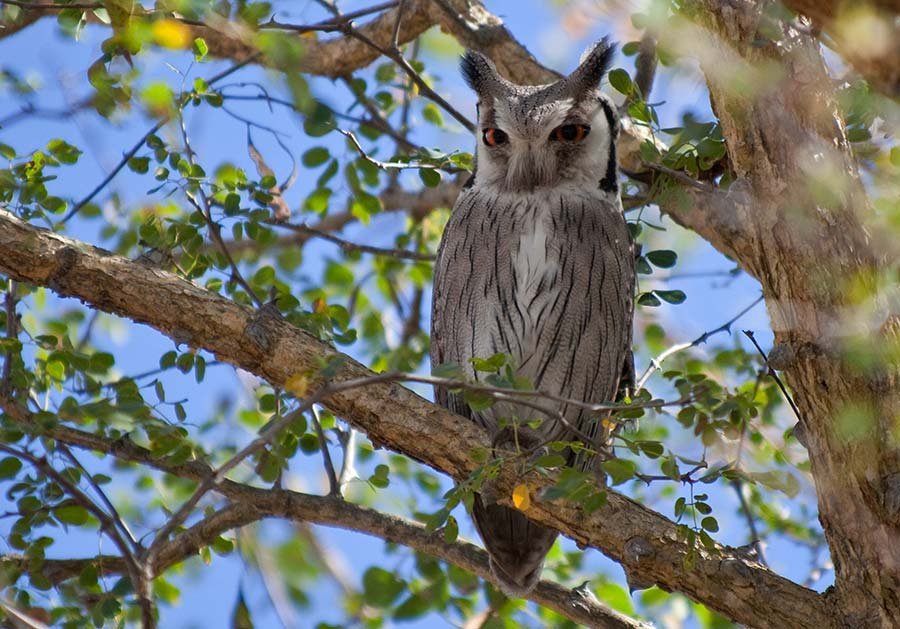
Friend and fellow guide (and ace owl finder!) Nic Squires and I have an informal Owl monitoring project that’s been on the go for a good number of years. Pre-2020 we used to record Southern White-faced Owls regularly in all parts of the park, from the Pafuri Gate Road down to south of Skukuza. We’d find them roosting by day in Knob Thorn, Delagoa Thorn, Leadwood, Sickle-bush, Magic Guarry and Russet Bushwillow trees, sometimes in good numbers – I once saw six of them on the short road to Nkaya Pan. However, since two or three years ago, the recording rate has dropped markedly, to almost zero today. There’s no hard data here, it’s all ‘pers obs’, but it may perhaps point to reduced numbers, with no good explanation as to why. Food availability may be a factor, or possibly the current wet cycle in play since about 2019 has been unfavourable for them. Once again, I stress that this is purely ‘pers obs’, though I do have dozens of trip lists that could at least indicate seen / not seen (I just need to collate the records). Nic does report a few seen in the Timbavati Game Reserve currently (though he ‘can’t even buy one’ in Kruger).
African Barred Owlet.

This cool little Owl is a creature of thickets, generally occurring in more well-wooded habitats than the other Glaucidium species in the area, the Pearl-spotted Owlet. Barred is bigger, with fine white barring on the head, a barred breast and lacks the false eyes on the back of the head. It can sometimes be seen on day roosts in thickets, often perching much lower down than one would expect, otherwise is best located by call, often being vocal during the day. Best camps to see it in my experience are Letaba and Berg-en-Dal. Can often also be located by mobbing parties of small birds.
Pearl-spotted Owlet.
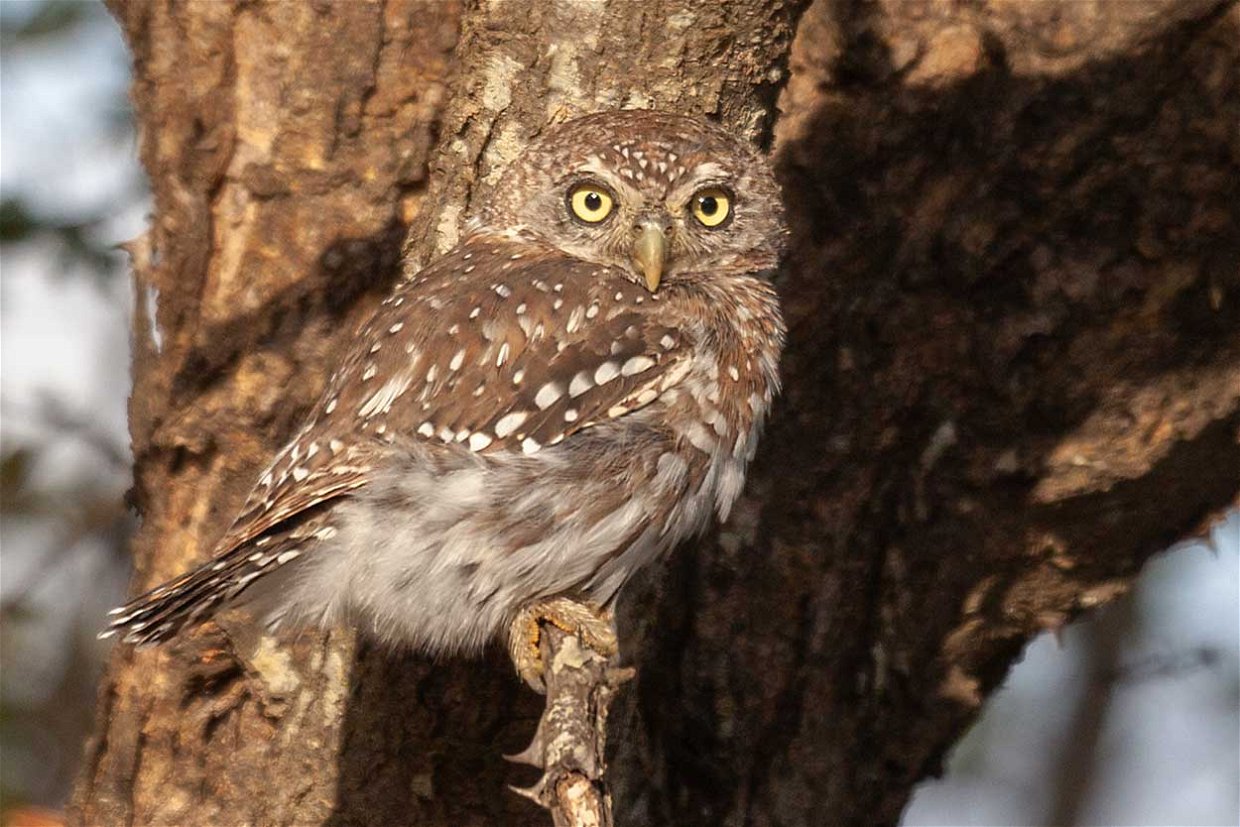
The ‘Pearly’ is one of the more commonly encountered Owls in Kruger, and also one of the smallest (second only to the Scops). But its size belies its appetite – it’s a ferocious predator, taking birds its own size or even bigger. It’s quite active during the day, and as such often causes great alarm among the small Passerine population – a mobbing party often gives away the presence of a Pearly. A curious feature of the bird is the false eyes on the back of the head, a classic deceptive marking to put off potential predators. This species is found throughout the park and is often located by said mobbing party or by call – the ascending whistle is easy to identify, but it often calls only with a quieter ‘peep’ sound, especially around the breeding season in Spring.
Verreaux’s Eagle Owl.

The big boy of the park’s night hunters! By size (the only other owl comparable in size is the much rarer Pel’s Fishing Owl) and plain grey colouration it’s hard to mistake, and the pink eyelids are another neat feature. It’s a ferocious predator, with recorded prey items including young monkeys, Warthog piglets, hares, genets, hyraxes and even birds such as Secretarybird, Cranes and Pel’s Fishing Owl, believe it or not. In my experience this is the most often seen of the park’s owls, and for me the best area to see it is Satara. With isolated big trees (and increasingly isolated due to Elephants), roosting spots are relatively few and far between, so looking into big trees will usually produce this species sooner or later. Likewise, it can be found in any big tree along rivers such as the Sabie and the Shingwedzi. I’ve also seen them roosting low to the ground in relatively small shrubs on very windy days, presumably to stay out of the wind a bit. Makes a far-carrying grunting call that can be heard well into the daylight hours.
Pel’s Fishing Owl.

The ‘Holy Grail’ of Southern African Owls, and indeed, one of the region’s most sought-after birds. Found in very low densities along Africa’s tropical rivers, it’s a gold star on anyone’s tick list. In Kruger they are very rare (‘perhaps less than 30 pairs’ according to the Robert’s Bird Guide to the Greater Kruger NP), and occur on a number of the major rivers, most notably the Olifants near Olifants Rest Camp, and the Levuvhu in the far north, where night access is only possible when staying at one of the lodges in the Makuleke Concession (or perhaps by joining one of the Honorary Rangers birding events). But even being in the ‘right’ place is no guarantee. Water levels play a big role, and when they are high the birds disperse and are even harder to find – and they’re never easy at the best of times! Low water levels are ideal, when they are forced to hunt at a limited number of permanent pools. Can be seen on a morning walk from Olifants Camp (though last I heard, they had stopped the dedicated owl walks due to possible disturbance of the birds) or on a night drive in the Makuleke. But it’s a hard bird to see. Otherwise, Rukiya, a lodge outside the park in the Hoedspruit area, offers good chances of seeing this special bird (as well as other great species such as African Finfoot and Half-collared Kingfisher).
African Scops Owl.

This is the smallest of our owls, at only 18 cm and 60 – 80 grams. Most Kruger visitors with an interest in birds will be familiar with the ‘prrrpt’ call of the Scops. Curiously, Scops owls are widespread across the Old World (Africa and Asia) – the genus Otus contains 59 species, including 3 extinct species - all looking very similar but sounding very different, their calls comprising myriad variations of peeps, pops and poops, screeches and more. Now Satara used to be the best place to see this bird. I’m sure we all remember the days when a pair used to roost neat the reception / shop entrance, enduring scrutiny by all and sundry, seemingly oblivious to the human presence. For many years African Scops was a guarantee on our Kruger birding trips. Then they started to become less regular, and now it’s very hard to see one in the camp. I’m open to explanations…
Barn Owl.

The Barn Owl is widespread across the globe, occurring on all continents except Antarctica (at least not yet…). It’s the consummate rodent hunter, and as such is extremely vulnerable to rodenticides. It’s usually associated with old buildings but will roost in any kind of dark cavity. Most big trees in the Kruger have hollow trunks, and looking into holes as you drive along will occasionally produce a white face looking back at you, which quickly disappears once you stop. Also occasionally seen roosting by day in dense trees, such as the Knob thorn thickets along the Duke road near Lower Sabie and the Delagoa Thorn thickets just west of Nsemani Dam along the H7, though those thickets are no longer there, thanks to the Elephants. Pretoriuskop Rest Camp is a good place to see it after dark, usually revealing itself with a banshee screech as it flies around and perches on roof tops.
Spotted Eagle Owl.

The ‘Spotty’ is one of our more commonly recorded owl species in general, present in a wide variety of habitats, including savanna, but also well adapted to semi-urban environments (and again very vulnerable to secondary poisoning by rodent baits). Like the previous species, it’s often found in old buildings, but also roosts on rock faces, big trees and even on the ground sometimes. Not easy to see in the Kruger by day, and in my experience the best area for this one is Pretoriuskop, with the dense Marula savanna providing good roosting spots – check every tree carefully, especially where there are bowls and hollows between the branches, and you may get lucky… Often nests in a bowl between main branches on a tree, and you may spot an ear tuft sticking up. Sometimes seen roosting in trees around the granite outcrops south of Skukuza.
African Grass Owl.
This is generally a very hard species to see anywhere, and I have never seen one in the Kruger. So, for the status of the African Grass Owl in the park, I’ll have to refer to the Robert’s Bird Guide to the Greater Kruger National Park (McKenzie, Chittenden & Whyte): Rare, and possibly only a seasonal breeder. Probably occurs throughout GKNP in suitable habitat, especially on the eastern basaltic grasslands. Grass Owl looks very similar to the Barn Owl, but is generally darker on the upper parts buff underneath, and is another member of the Tytonidae Family, as opposed to the Strigidae. In habits, it is very different to the Barn Owl, as it roosts by day in thick grass cover, much like the Marsh Owl. No photo unfortunately.
Further Reading
If you are coming on a South African birdwatching trip, be prepared to see a lot of Larks! Larks have featured in the writings of playwrights and philosophers throughout written history. And while they are generally not much to look at (for the average person that is), their beautiful calls are perhaps what has given them a place in the mind of man. Southern Africa is generously endowed with Larks (Family Alaudidae),...
Raptors of Kruger. What raptors can you see on a Kruger National Park Birding Safari? For many a birder, the raptors are a firm favorite, embodying power, grace and beauty, and seeing a new species of raptor is sure to get the pulse rate up for a few minutes. They make great photographic subjects and, when on an African birding safari, new species of raptor are bound to be seen pretty regularly,...



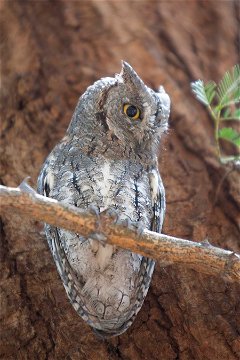


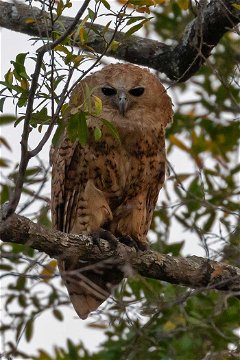








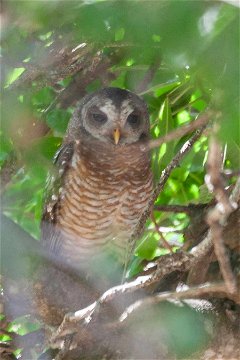
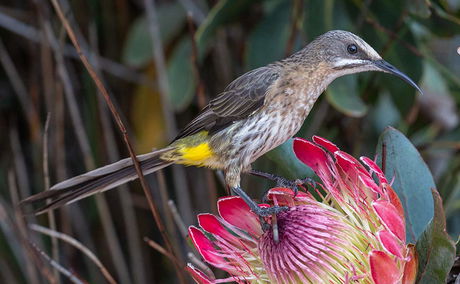


Share This Post